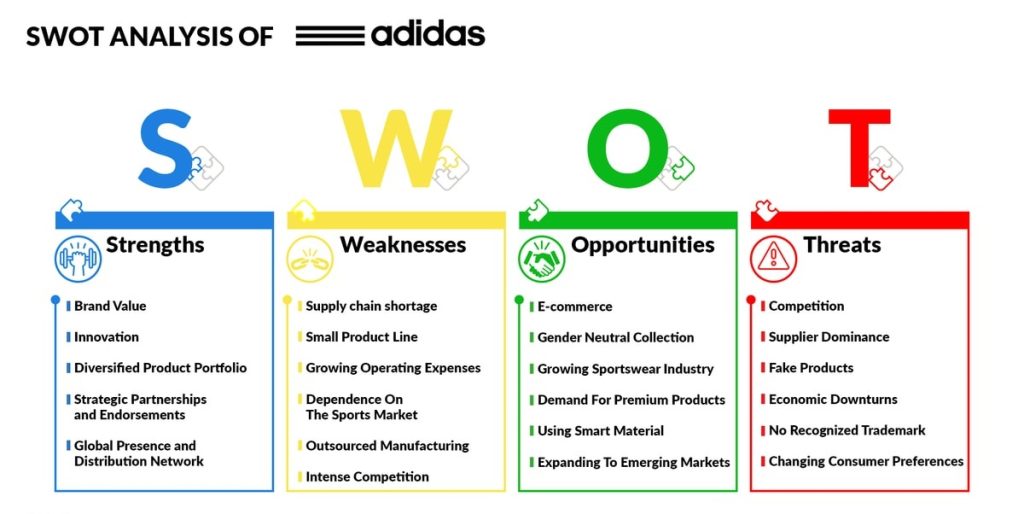How Adidas Conquered the World
The German athletic apparel powerhouse – Adidas – has been on a captivating journey of internationalism that has seen it evolve from a tiny local company to being an international brand. This paper analyses how Adidas makes strides in international markets, highlighting the various strategies it has employed to build its brand.
- The Popularity of Place: it’s German Background


With the Headquarter in Germany, Adidas was established in 1949 by its founder Adolf Dassler. This brand does not need an introduction as it quickly captured European markets known for quality sports shoes and clothing. However, Adidas growth survey showed that, there would be a need to go beyond the domestic market.
- Marketing as Part of Doing Business and Entering Several Markets One after Another
Focusing on India and China, Adidas had also branded its international growth strategy to be gradual and phased out. This was because the firm first analyzed countries or regions that were ideal for expansion, in this case, those that had a growing sporting environment and a burgeoning middle class. They began by moving into sister countries in Europe and then methodically into important countries like America and Japan and China.
- Marketing and Product Enhanced

In order to meet the different consumer demands around the world, Adidas applied a form of localization in its marketing strategy. The brand advanced all its communications, marketing strategies, and goods to engage different cultures and markets consumer quirk. Realizing the concerns and dreams of consumers in various regions, Adidas was successful in creating robust brand equity in the minds of its consumers.
- Strategic Partnerships and Collaborations


Adidas saw the importance of partnerships and expansion through through Ngo and global strategies changes the realization of the organizational objectives. The brand created partnerships with sectors such as local distributors, local sporting goods retailers, and sporting goods manufacturers who had a history of doing business within the local territories. Further, Adidas teamed up with celebrities, legendary brands, and sports figures to launch a stunning collection of limited-edition items to create hype and boost sales revenue.
- Product Innovation and Differentiation

For Adidas, innovation is key to the global expansion of the business. The brand has regularly devoted resources on fundraising for researching and developing new techniques and creative products. Such dramatic innovations began with the introduction of Boost technology cushioning.
- Concentrate on Sustainability
Recently, Adidas has been making strong efforts in terms of sustainability due to consumer demand for green products. The brand has such measures as decreasing carbon footprints, responsible sourcing and recycling. Joining the two tu have increased the image of the company in the market while at the same time gaining an upper hand over the competition.
- Digital Transformation

Digital transformation has been pivotal in the geographical growth of Adidas, as a brand. The brand has used such channels. As a result, new revenue channels have been created for global brand architecture as well. Additionally, the company has been involved in performance marketing which employs data concerning a consumer’s purchasing habits in many areas of the marketing process.
- Challenges and Opportunities

Although Adidas has made great strides in its global outreach, there are problems to be dealt with. The companies recruitment is being hampered by serious external factors: stiff competition, primarily with Nike and Under Armour, economic downturns, and fickle customers. Be that as it may, due to its strong brand assets, innovative product lines, and sustainable development practices, Adidas bears the strength to face them and see the opportunities in the future.
In a nutshell, Adidas’s global expansion has been based on a well-determined one and in a two-pronged approach – marketing, strategies, alliance, marketing, innovation, and sustainability. By delving deeper into the behavioral and cultural aspects of consumers in various markets, Adidas has established an effective internationalized brand that appeals to people around the globe. For the fact that the company is able to develop and progress regardless of the prospective advancement shifts, the scope of the company remains bright.


